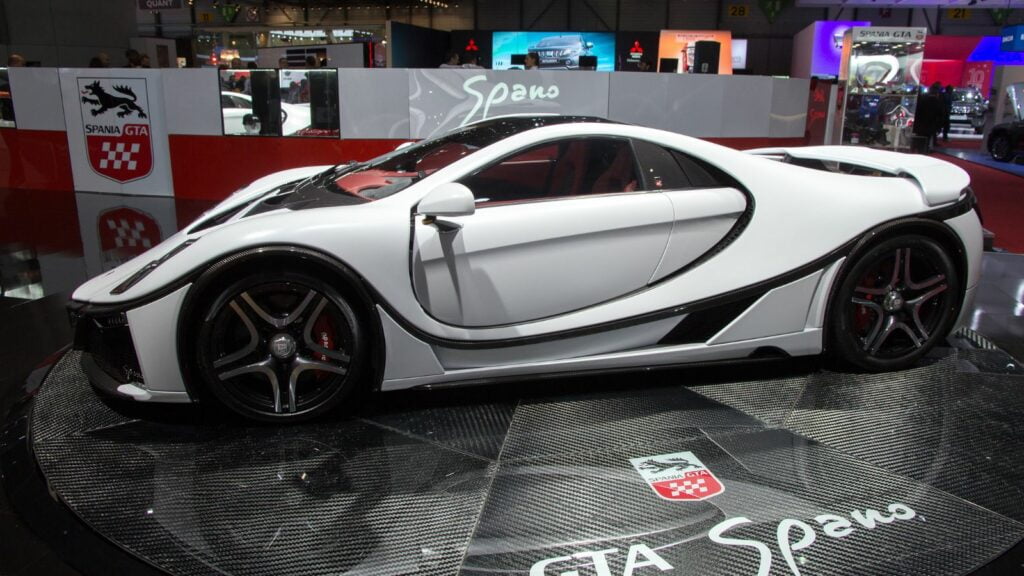The automotive world has undergone a remarkable transformation over the last two decades, shifting gears from traditional, human-driven vehicles to autonomous, AI-assisted ones. Many modern cars come equipped with cutting-edge technology that enables them to drive themselves, making commuting safer and more convenient practically. Here are 9 vehicles with tech so advanced they practically drive themselves:
Tesla Model S
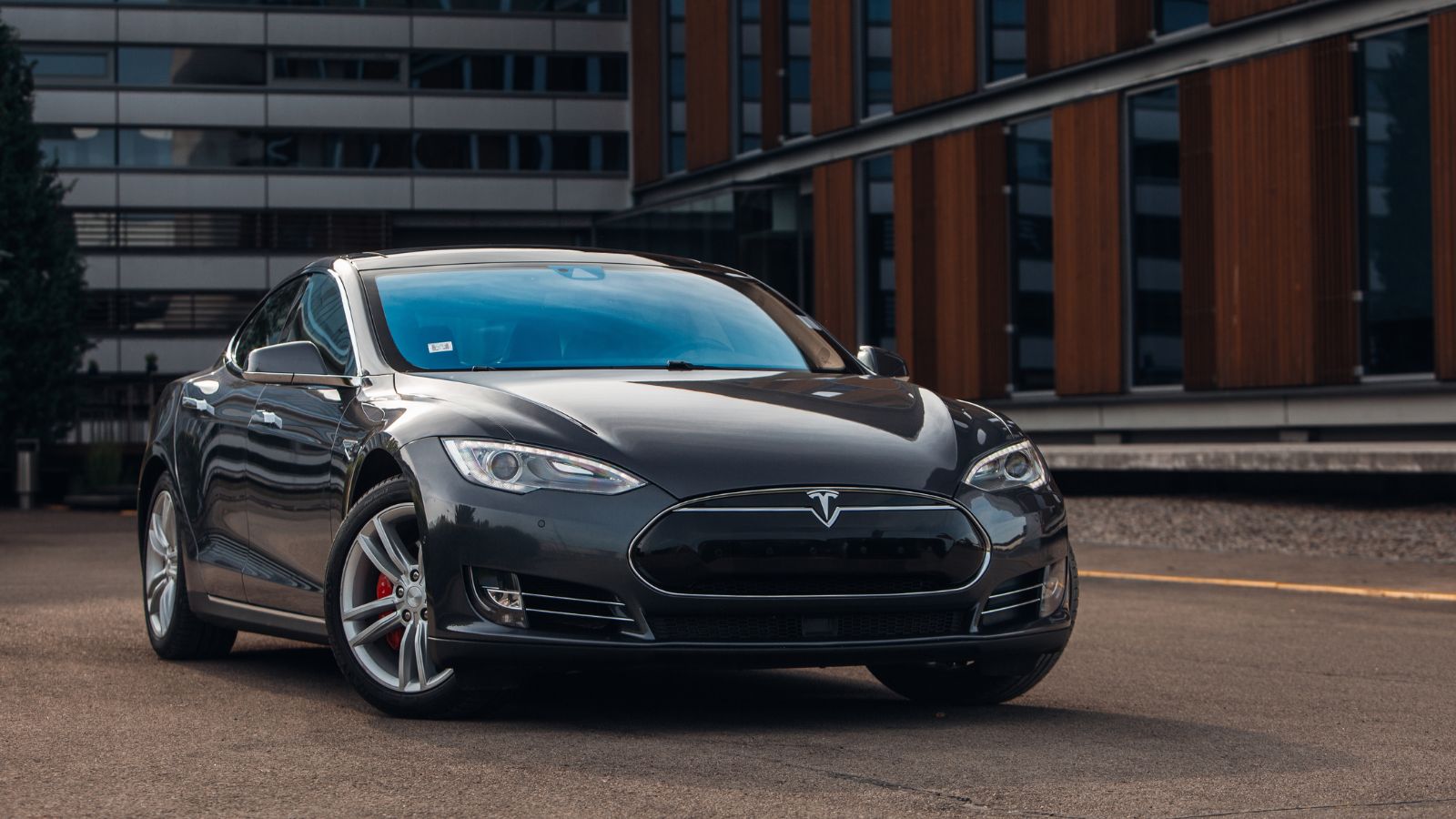
Elon Musk’s brainchild, the Tesla Model S, needs little introduction regarding self-driving technology. Tesla’s Autopilot system is among the most advanced driver-assist technologies available. The system has eight sophisticated cameras, 12 ultrasonic sensors, and a forward-facing radar to detect and interpret the surroundings. Tesla’s Full Self-Driving (FSD) package also promises nearly full autonomy, offering features like automatic lane changes, highway on- and off-ramp navigation, and street navigation, including traffic lights and stop signs. The car can handle most tasks with minimal human intervention.
Mercedes-Benz S-Class
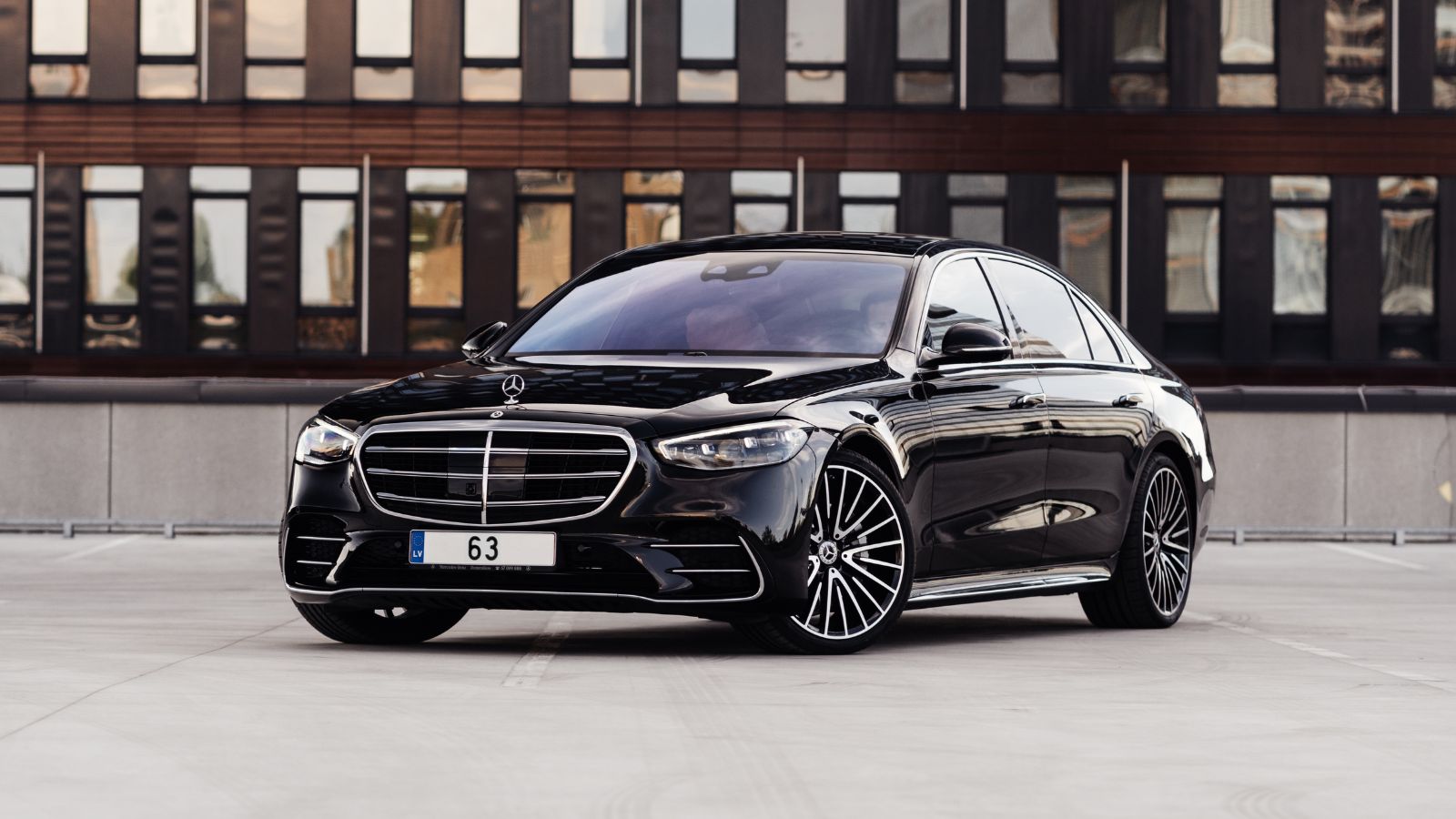
The Mercedes-Benz S-Class has long been a symbol of luxury, but it also stands out as a leader in autonomous driving technology. The 2024 S-Class has advanced technologies like the Drive Pilot system. This Level 3 automation allows hands-free driving under certain conditions, primarily on highways and in heavy traffic. Mercedes also uses an advanced network of LIDAR (Light Detection and Ranging), radar, and high-definition cameras to scan the road and create a real-time 3D map of the surroundings. The car can steer, brake, and accelerate autonomously, and the system monitors the driver’s attention level. In emergencies, it ensures a smooth transition of control back to the driver. This luxury sedan comes close to driving itself, especially in traffic jams or on well-mapped highways.
Audi A8
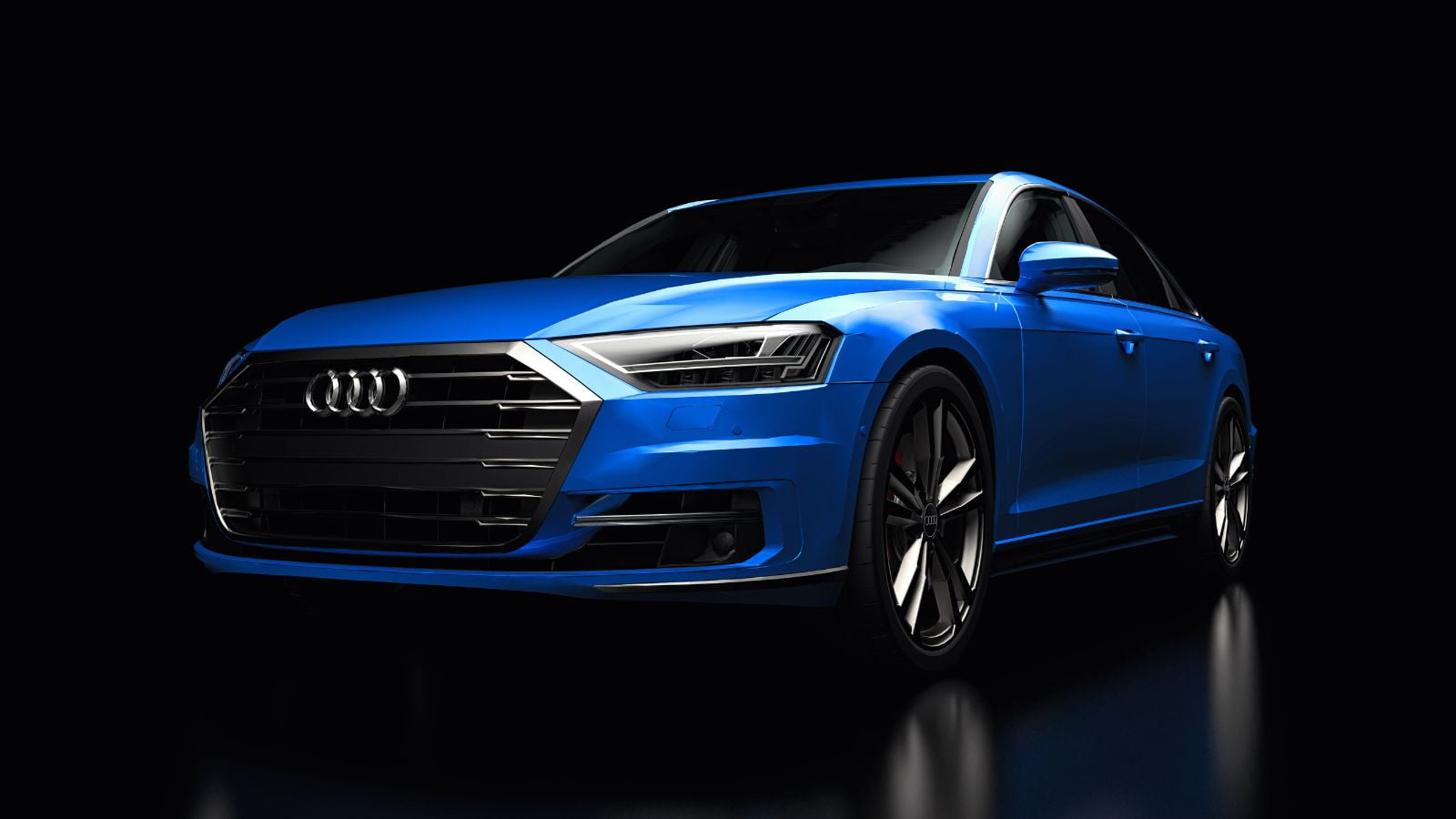
Audi’s flagship sedan, the A8, introduced some of the most advanced self-driving features in the automotive world when it launched its Level 3 automated driving technology, Traffic Jam Pilot. This system allows the A8 to handle stop-and-go traffic at speeds up to 60 km/h without driver input, making it perfect for congested urban environments. Plus, what sets the A8 apart is its redundancy. The car uses multiple systems—radar, LIDAR, cameras, and ultrasonic sensors—to ensure safety and efficiency. The car’s AI also learns over time, improving responsiveness and decision-making capabilities. It even can self-park, so no hands are required. Unfortunately, the Level 3 system isn’t yet widely available in the US due to regulatory hurdles. Still, Audi remains at the forefront of developing the technology, especially in Europe and other regions.
BMW 7 Series
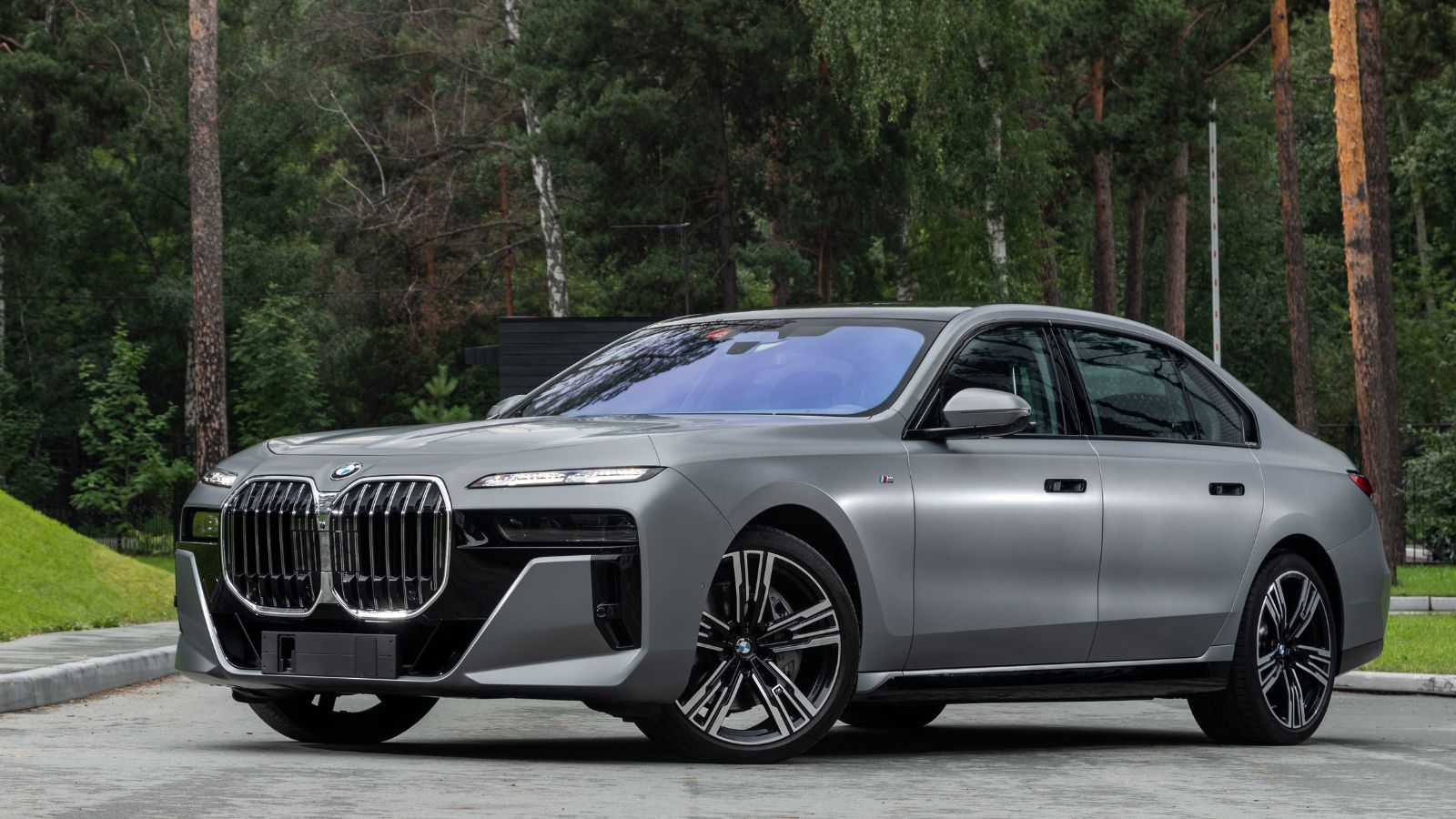
The BMW 7 Series might not be the first name you associate with autonomous driving, but this luxury sedan is packed with futuristic technology. The car’s Driving Assistant Professional package features many semi-autonomous features, including adaptive cruise control, traffic jam assist, and lane-keeping assistance. Also, one standout feature is BMW’s Extended Traffic Jam Assistant, which works at speeds up to 40 mph. It can steer, accelerate, and brake without driver input in low-speed traffic. Not only this, but the system also monitors driver attention using an interior camera, ensuring you’re always ready to take control if necessary.
Cadillac CT6
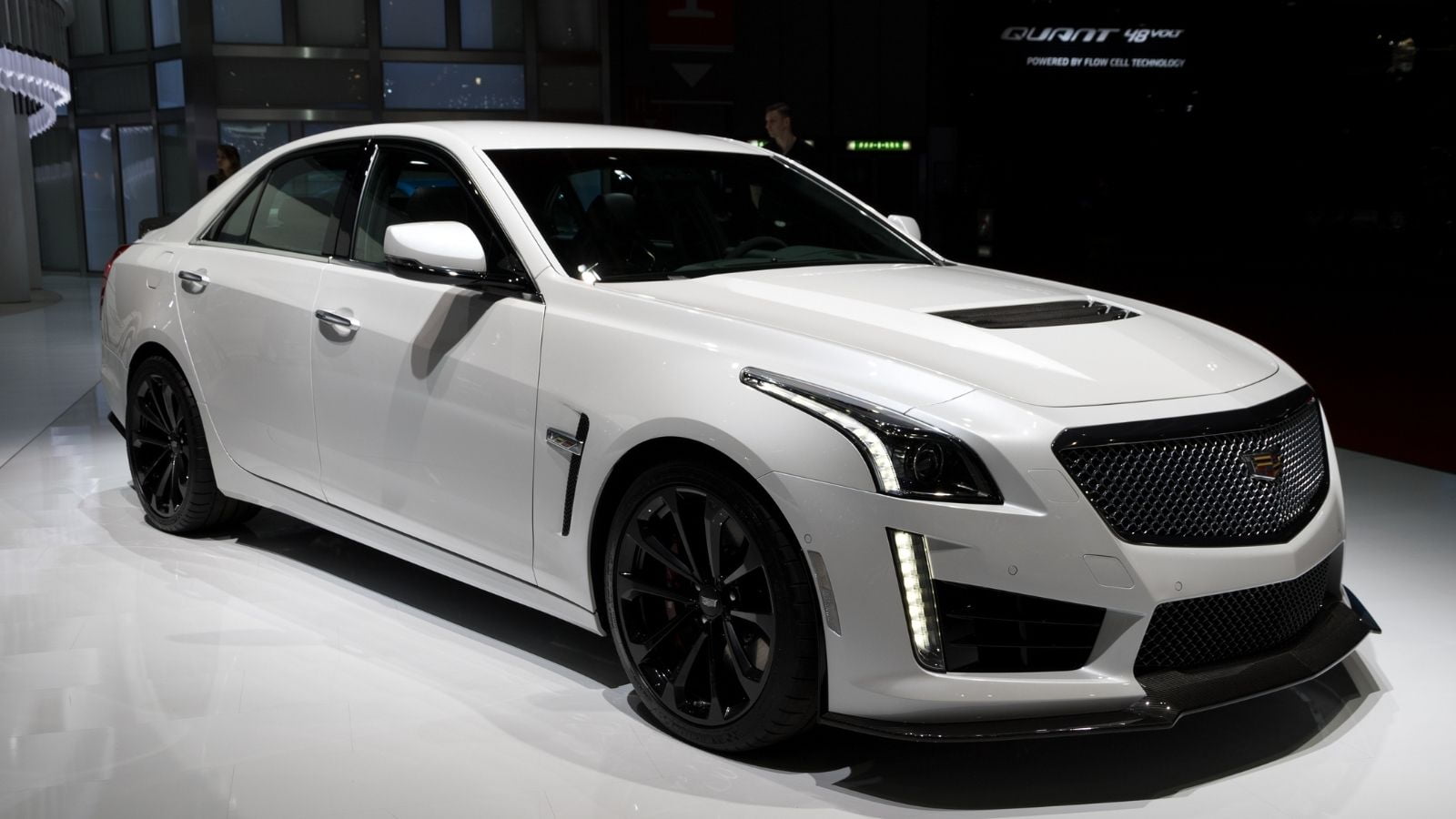
Cadillac’s CT6 may have been discontinued in the US, but its Super Cruise feature remains a game-changer. Super Cruise, Cadillac’s advanced hands-free driving system, is one of the first systems in the US to offer true hands-free operation on certain highways. Unlike Tesla’s Autopilot, which requires periodic driver intervention, Super Cruise uses precision LiDAR map data, GPS, and a network of sensors to allow for prolonged hands-free driving on over 200,000 miles of mapped highways in the U.S. and Canada. Like a cherry on top, the system also includes a driver attention monitor to ensure the driver is alert and ready to take over if necessary. Cadillac is expanding Super Cruise across its lineup, bringing this advanced tech to more models and cementing its place in the autonomous driving race.
Volvo XC90
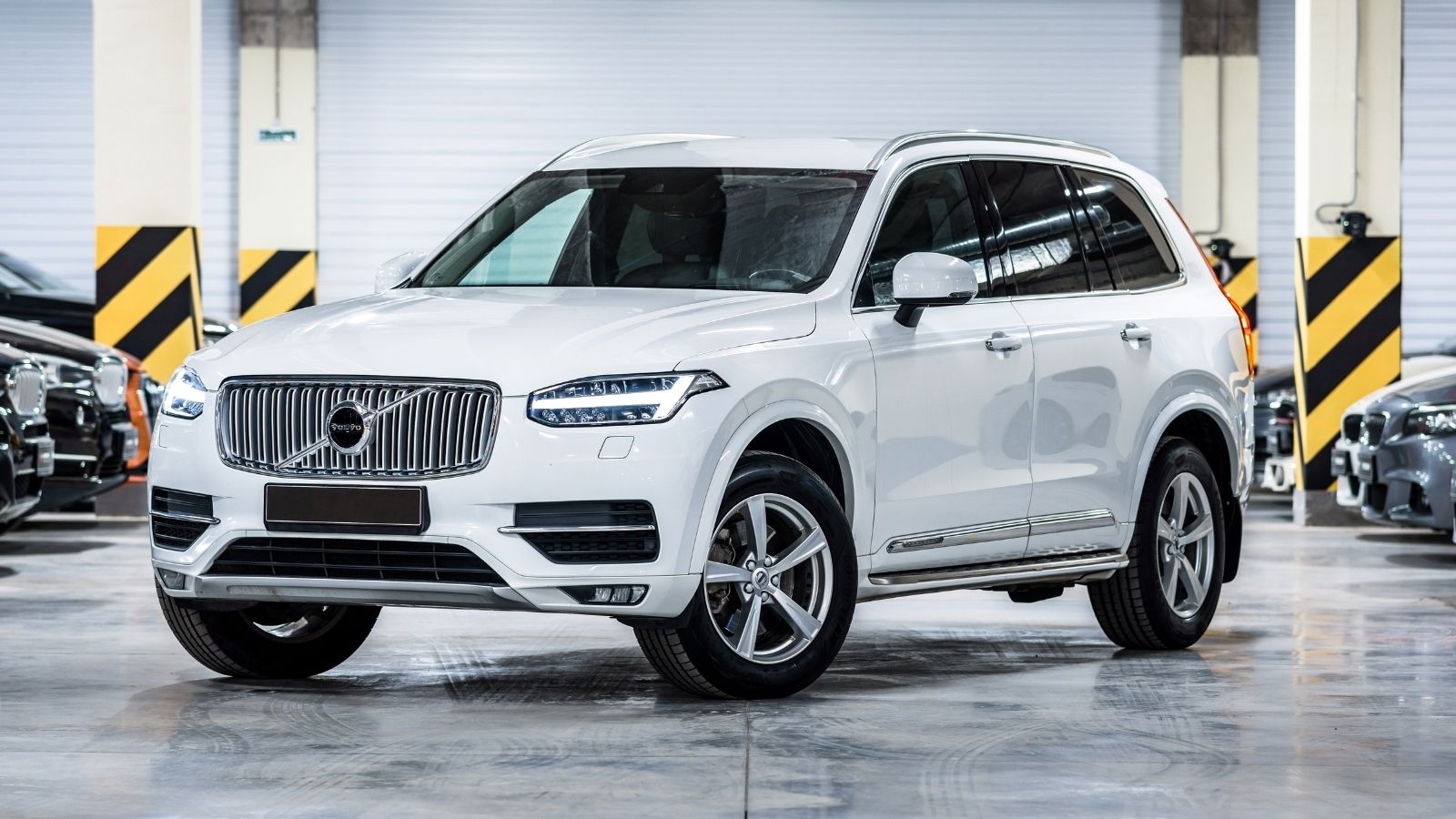
Volvo has been making strides in autonomous technology with the XC90. The latest versions of the XC90 come with Pilot Assist, a semi-autonomous driving system designed for highway use. This Level 2 system combines adaptive cruise control and lane-keeping assistance, allowing the car to maintain a set distance from the vehicle in front and stay centered in its lane. The system continuously monitors road conditions and provides gentle steering adjustments, even in curves. The car’s City Safety feature can also automatically apply brakes if a collision with a pedestrian, cyclist, or large animal is imminent. With Volvo’s focus on making autonomous tech safer, the XC90 represents the ideal marriage of cutting-edge innovation and the brand’s safety legacy.
Nissan Leaf
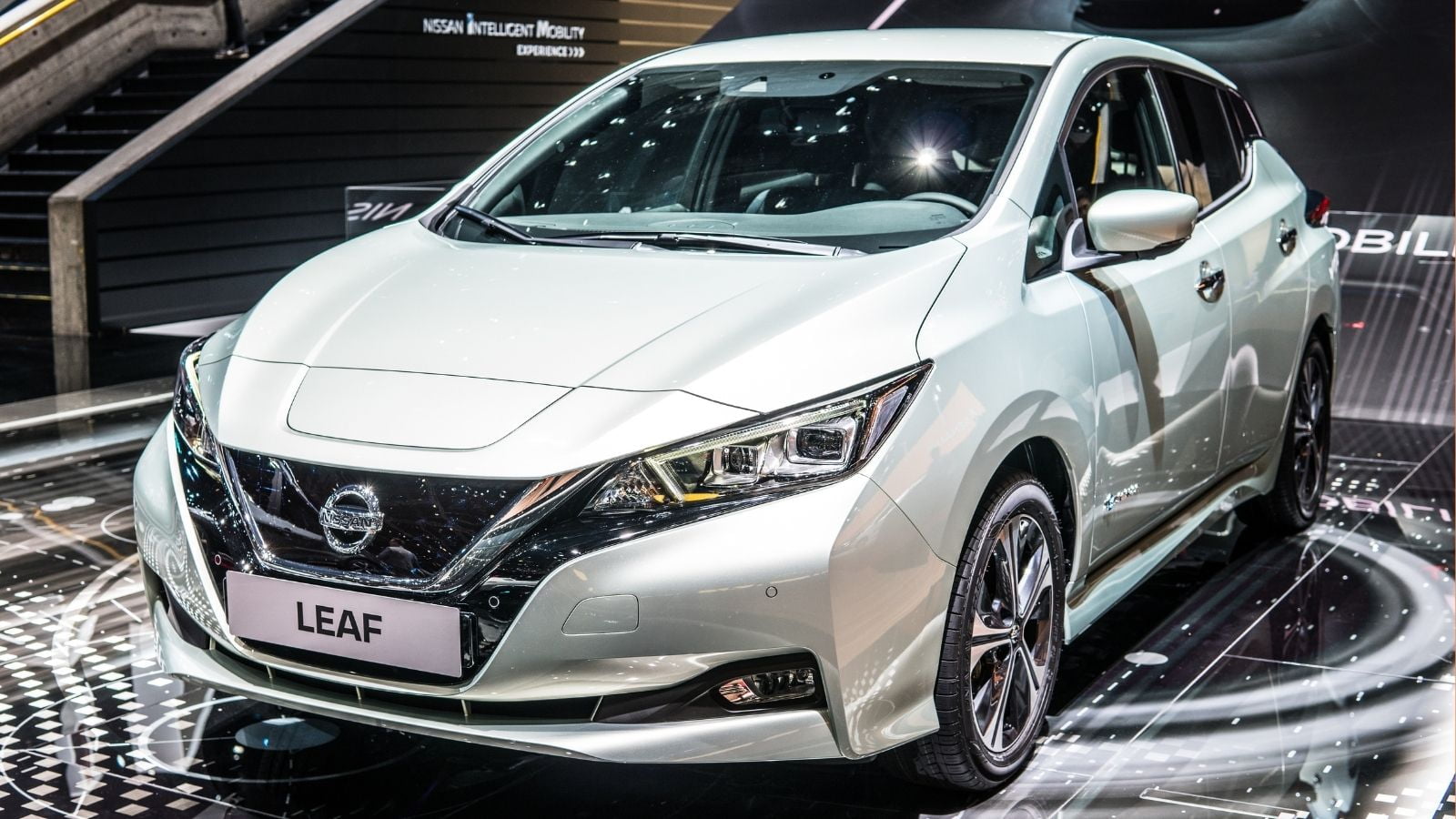
While the Nissan Leaf might be best known for its electric powertrain, it’s also a pioneer in affordable autonomous driving. Nissan’s ProPILOT Assist system offers an accessible yet capable suite of autonomous features. It includes adaptive cruise control, lane-keeping assist, and stop-and-go capabilities for heavy traffic. ProPILOT Assist is designed to ease the daily commute by reducing the amount of driver input needed on highways. It’s not as advanced as Tesla’s Autopilot or Cadillac’s Super Cruise, but its affordability makes it one of the most accessible semi-autonomous systems on the market. The Leaf is a compelling option for buyers who want a taste of the autonomous future without breaking the bank.
Hyundai Ioniq 5
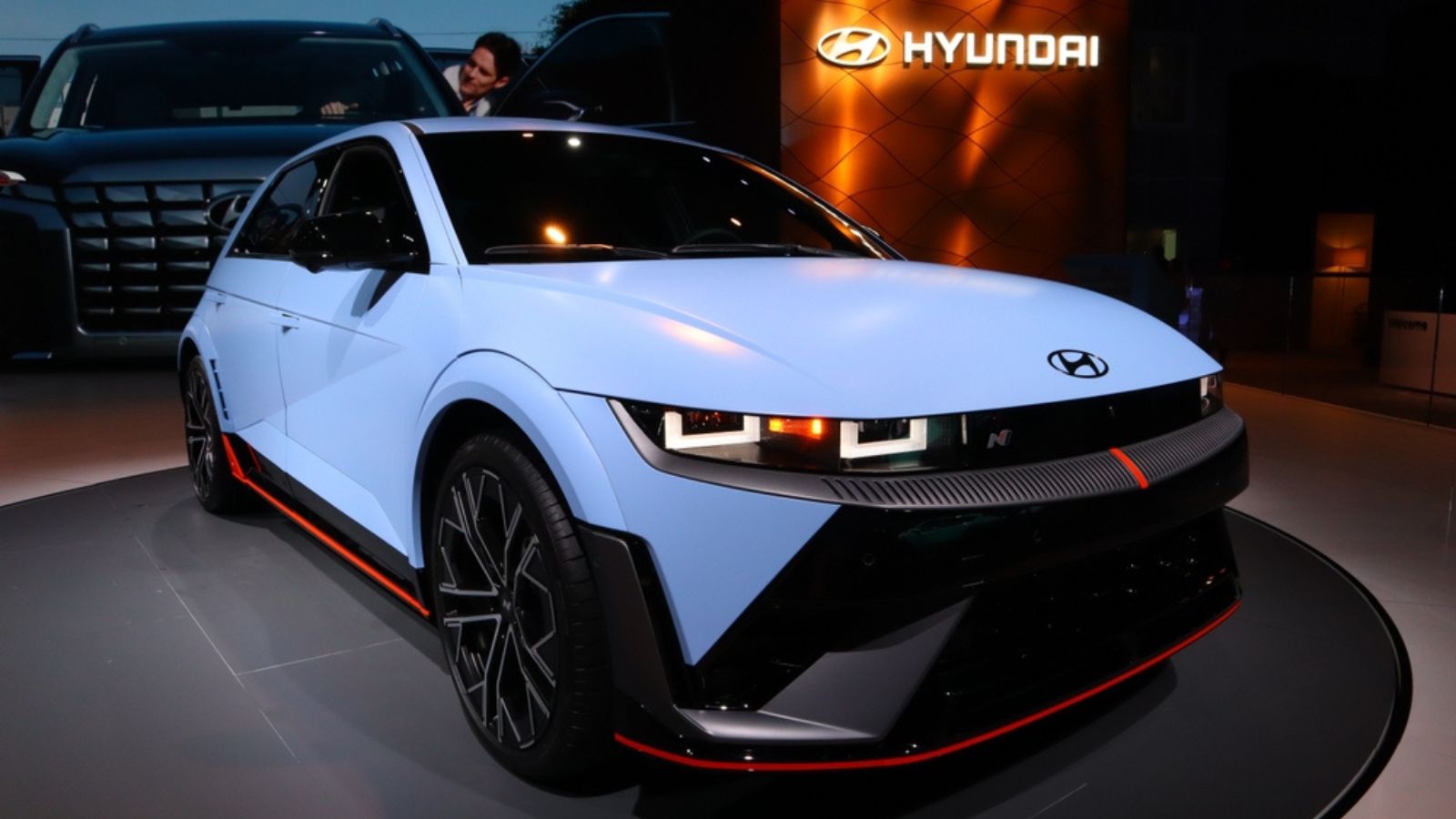
The Hyundai Ioniq 5 is more than just an electric vehicle; it’s a tech-forward machine built for the future of driving. Hyundai’s Highway Driving Assist 2 (HDA 2) takes semi-autonomous driving to the next level by blending a next-generation infotainment system, connected car Navigation Cockpit (ccNC), and wireless Over-The-Air (OTA) software updates. The Ioniq 5’s sensors, cameras, and radar systems allow it to make real-time decisions about speed, steering, and distance from other vehicles. The car can autonomously steer, accelerate, and brake, especially on highways, providing a hands-off driving experience in certain conditions. Its ability to “learn” driver habits over time makes it a smart, forward-thinking option for anyone looking for both electric efficiency and self-driving tech.
Ford Mustang Mach-E
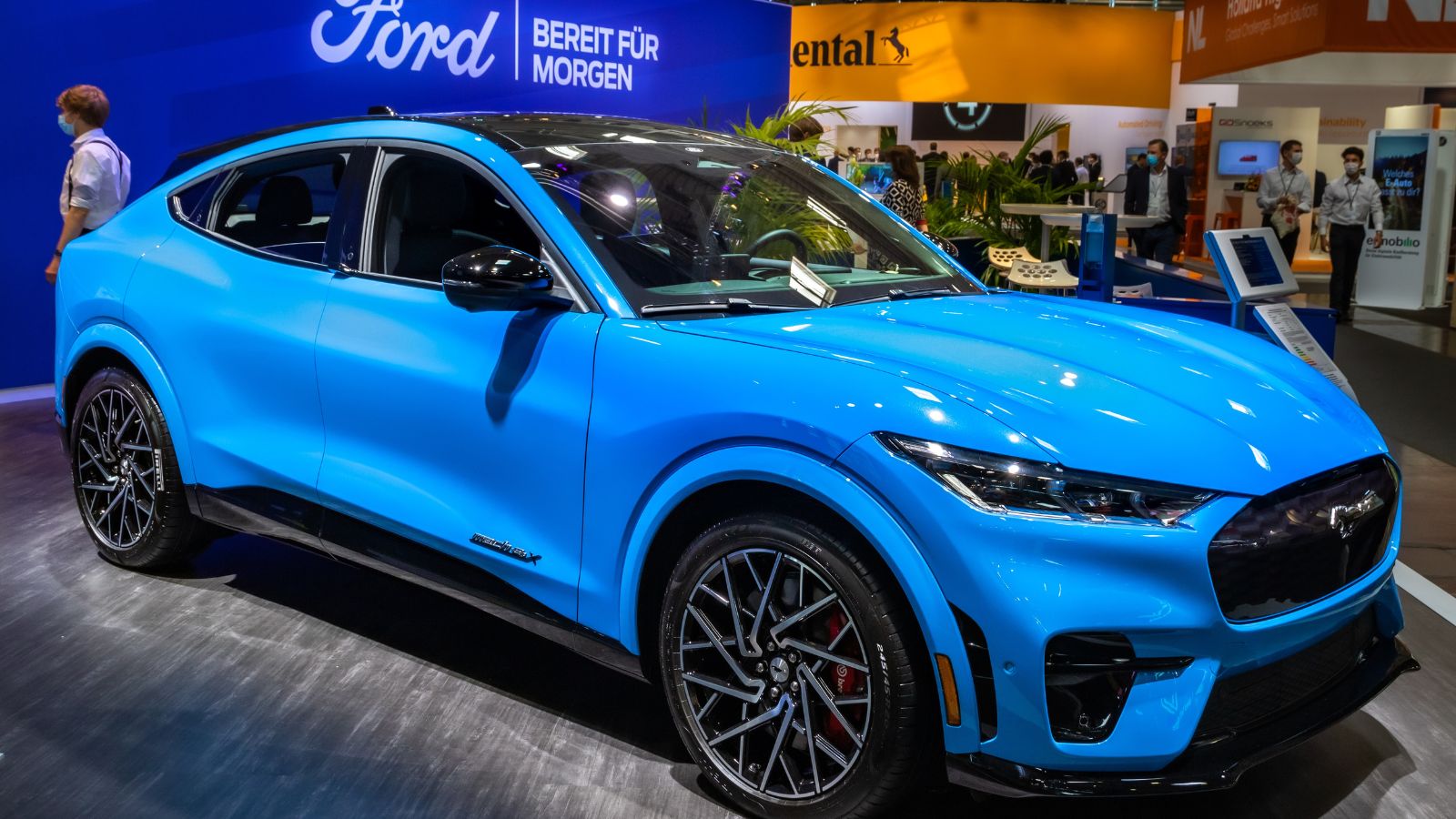
Ford’s Mustang Mach-E might have turned heads for being the first electric SUV to wear the Mustang badge, but its BlueCruise system is equally groundbreaking. Ford’s BlueCruise technology allows hands-free driving on more than 130,000 miles of pre-mapped highways across North America. BlueCruise utilizes a blend of cameras, radar, and ultrasonic sensors, much like other autonomous systems, but it’s distinct in its ease of use and extensive testing. The car can easily change lanes, maintain speed, and navigate around curves without driver input. The BlueCruise also features an attention monitor, ensuring that the driver remains focused even while hands-free. With over-the-air updates similar to Tesla, BlueCruise continues to improve, making the Mach-E a serious contender in the semi-autonomous arena.
14 Supercars Under $100K That Deliver Breathtaking Speed and Style
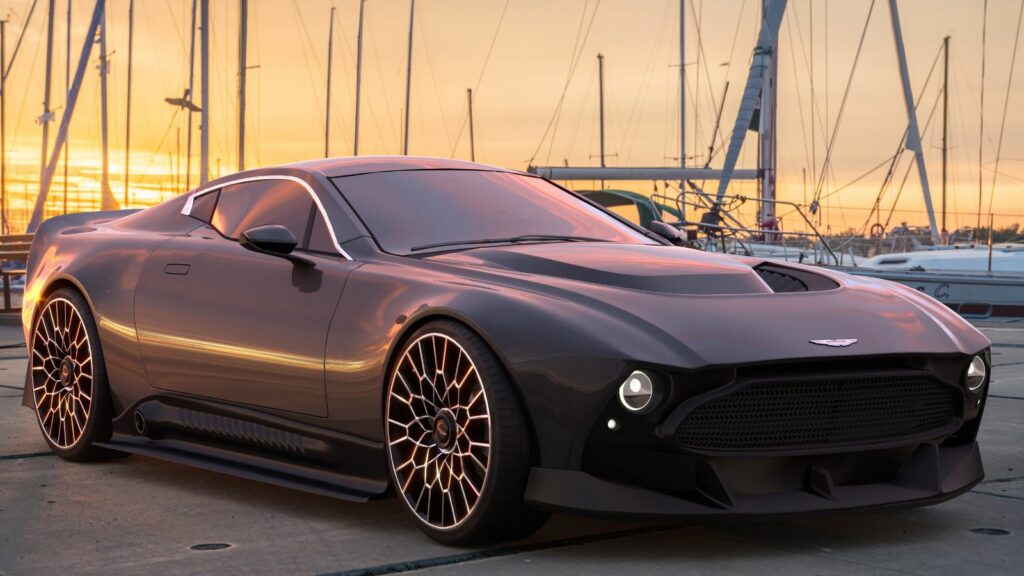
When you think of supercars, names like Ferrari, Lamborghini, and McLaren often come to mind, along with their staggering price tags. However, high-performance vehicles aren’t exclusively reserved for the super-rich. There exists a sweet spot where speed, style, and (relatively) sensible pricing converge, offering thrilling rides without completely obliterating your bank account. Hop in as we explore 14 underrated supercars under $100K.
14 Supercars Under $100K That Deliver Breathtaking Speed and Style
